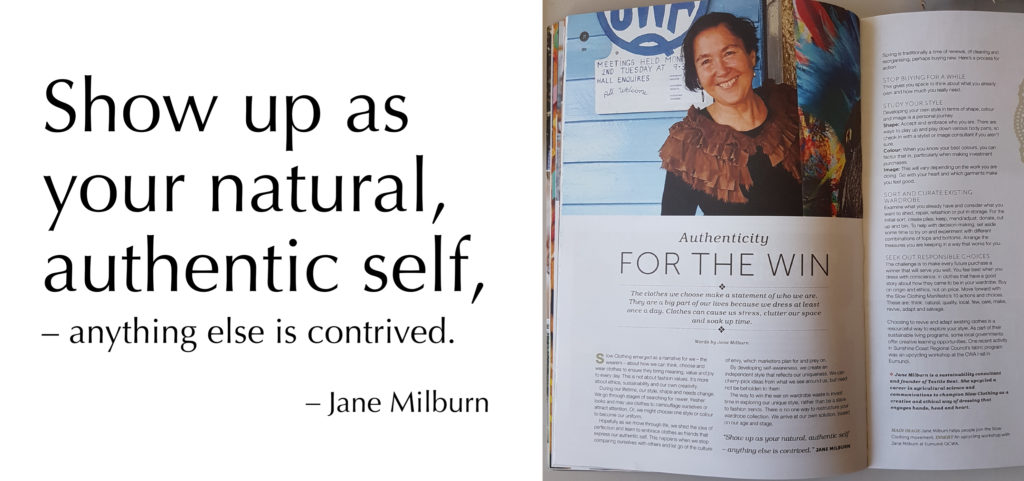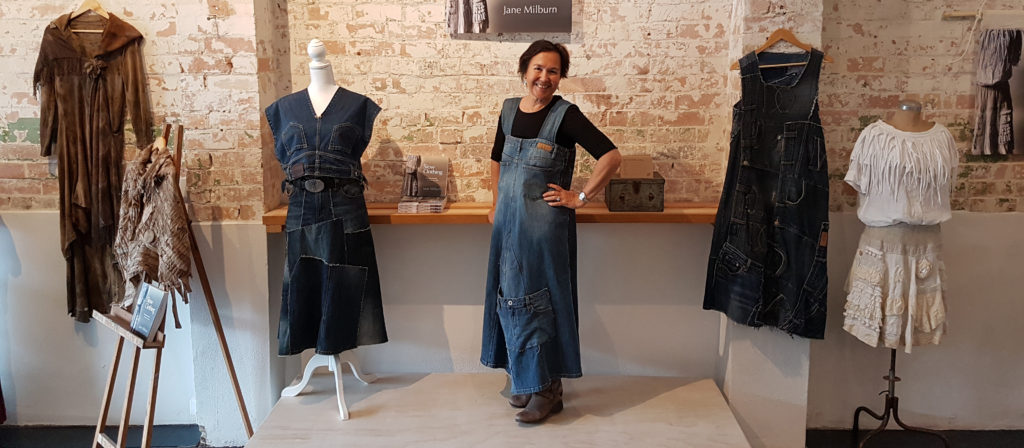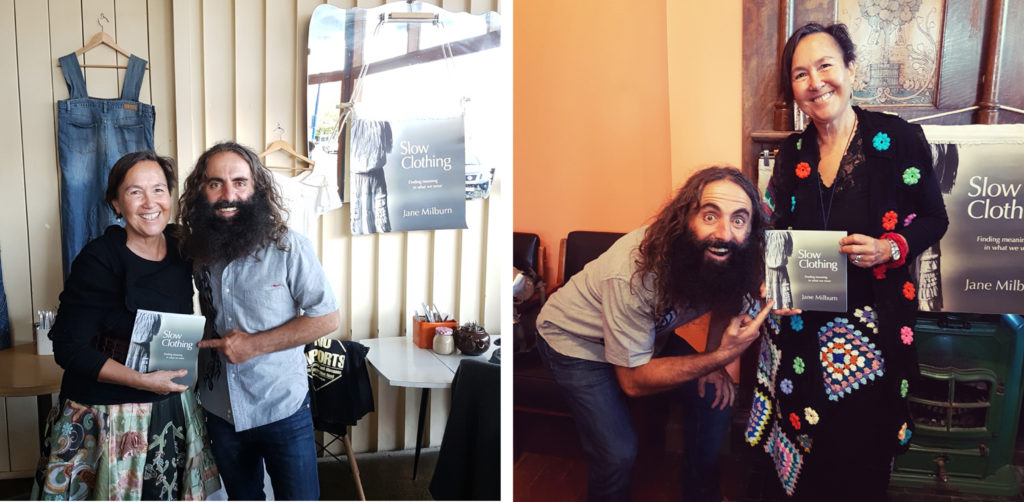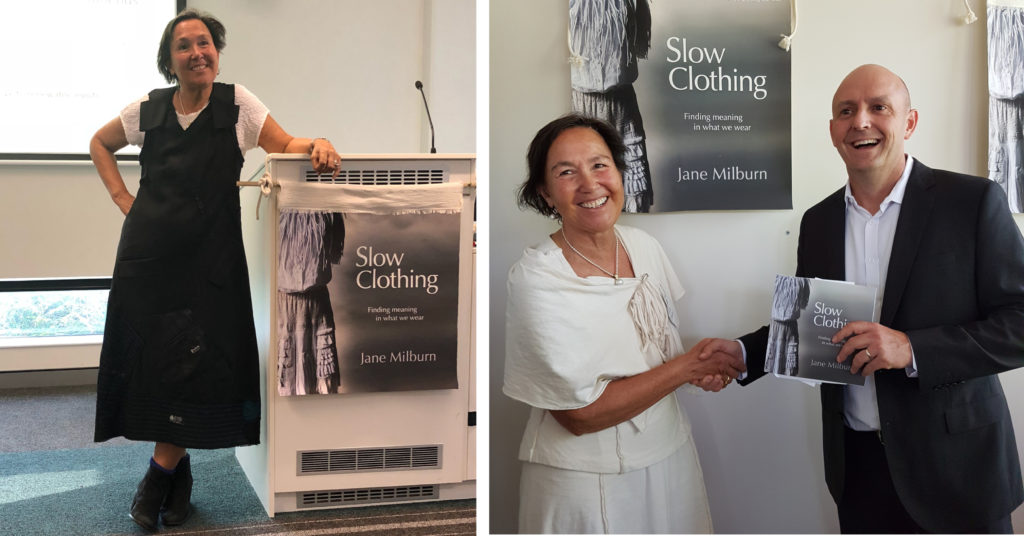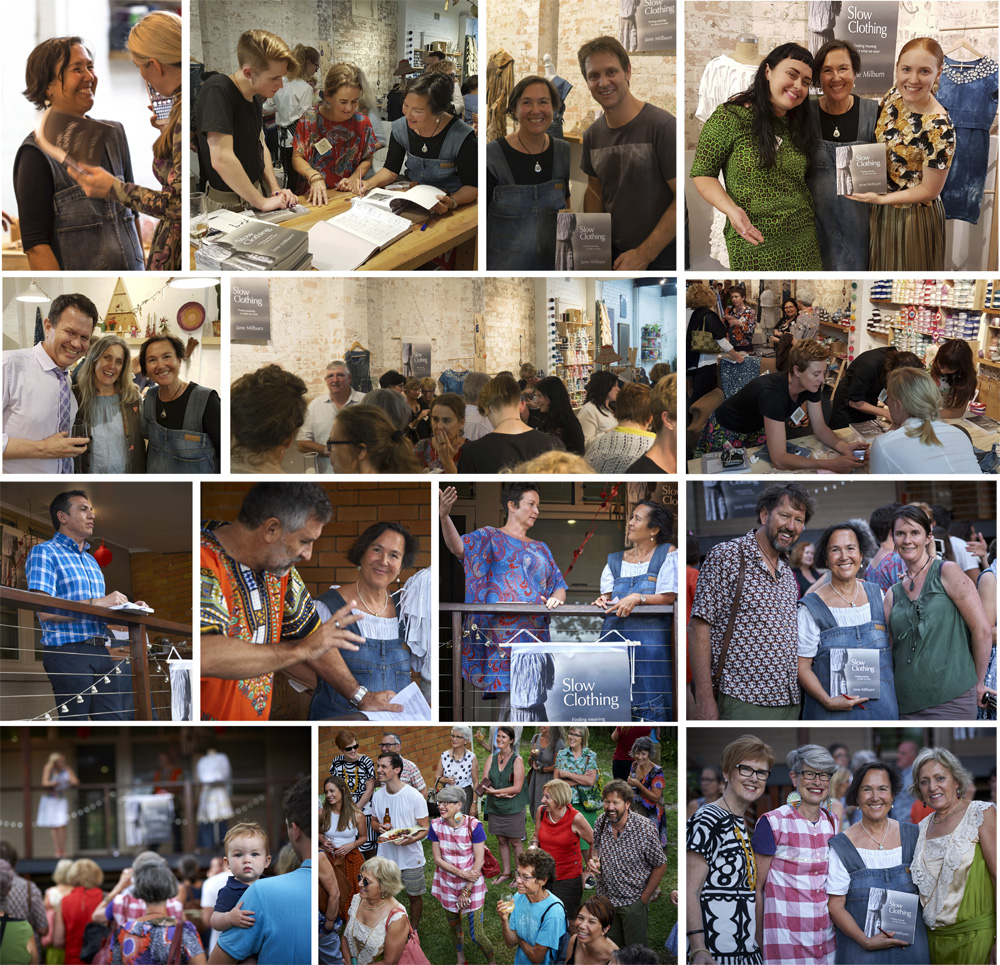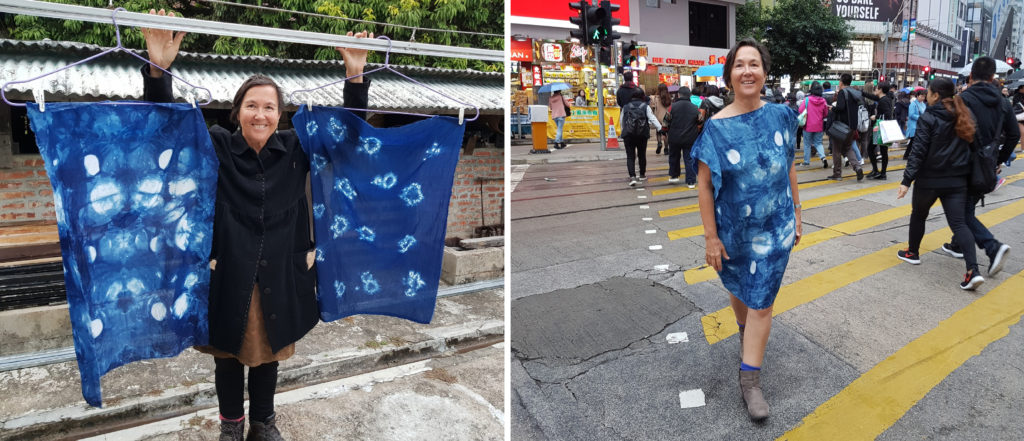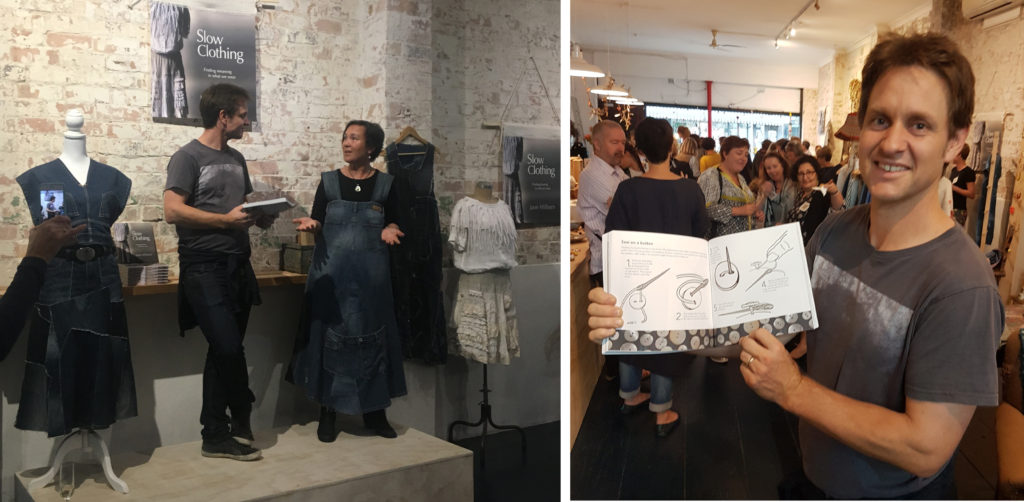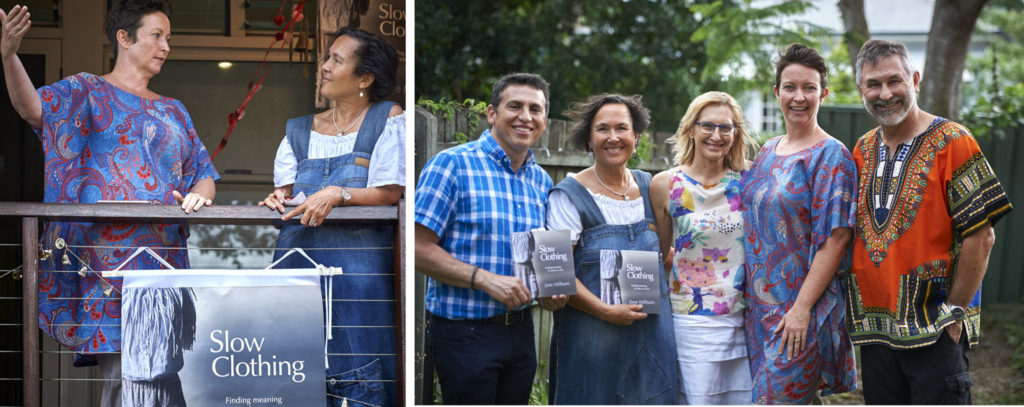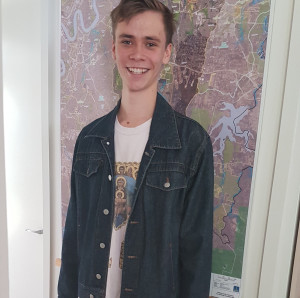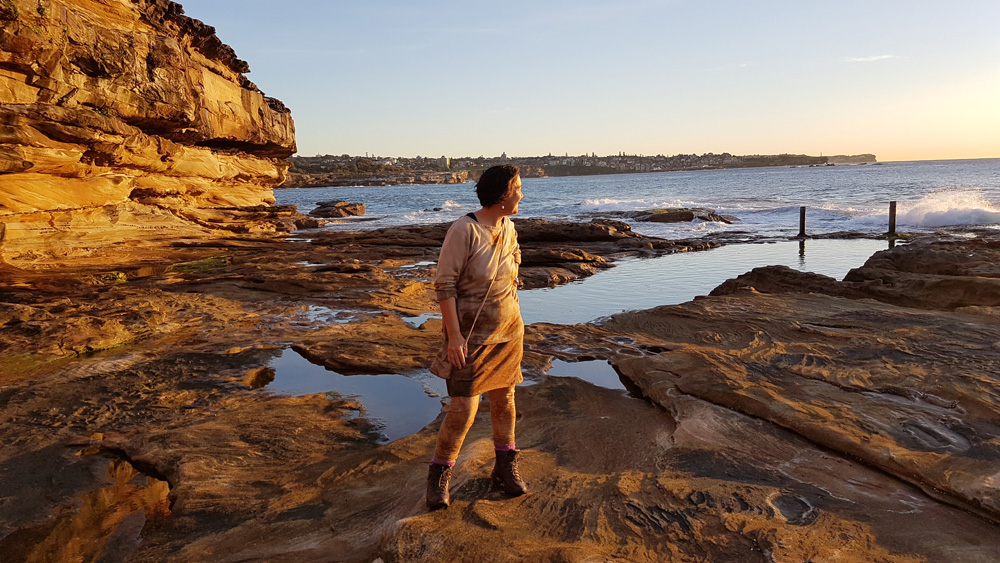‘Show up as your natural, authentic self – anything else is contrived’ – Jane Milburn
The clothes we choose make a statement of who we are. They are a big part of our lives because we dress at least once a day. Clothes can cause us stress, clutter our space and soak up time.
Slow Clothing emerged as a narrative for we – the wearers – about how we can think, choose and wear clothes to ensure they bring meaning, value and joy to every day. This is not about fashion values, more about ethics, sustainability and our own creativity.
